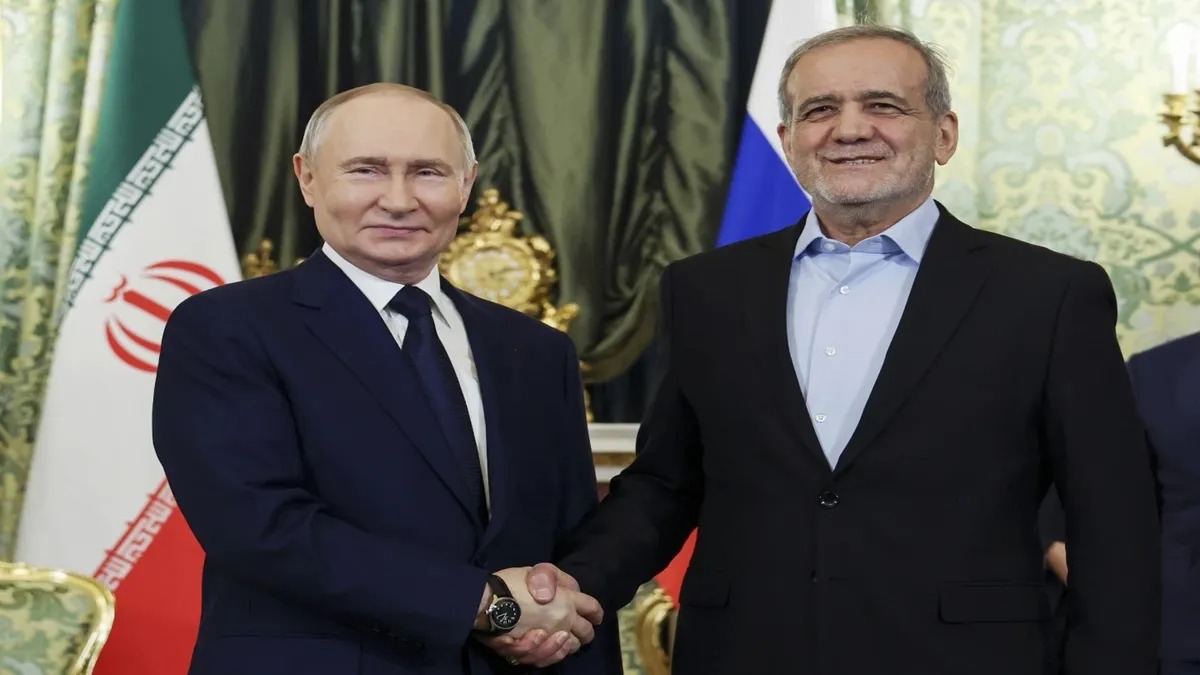
International: Russian President Vladimir Putin on Tuesday approved an updated nuclear doctrine, saying that Russia could consider using nuclear weapons if it was subject to a conventional missile assault on it supported by a nuclear power. The decision to change Russia's official nuclear doctrine is the Kremlin’s answer to a reported decision by the administration of US President Joe Biden to allow Ukraine to fire American long-range missiles deep into Russia.
The updated doctrine, which outlines the threats which would make Russia’s leadership consider a nuclear strike, said an attack with conventional missiles, drones or other aircraft could be considered to meet these criteria.
It also said any aggression against Russia by a state which was a member of a coalition would be considered by Moscow to be aggression against it by the whole coalition.
US allows Ukraine to use its tactical weapons
Just weeks before the November US presidential elections, Putin ordered changes to the nuclear doctrine to say that any conventional attack on Russia aided by nuclear power could be considered to be a joint attack on Russia. The 2-1/2-year-old Ukraine war has triggered the gravest confrontation between Russia and the West since the 1962 Cuban Missile Crisis - considered to be the closest the two Cold War superpowers came to intentional nuclear war.
Asked about whether the updated doctrine was deliberately issued on the heels of the US′ decision to ease restrictions on Ukraine using its longer-range missiles to strike Russia, Kremlin spokesperson Dmitry Peskov said the document was published “in a timely manner” and that Putin instructed the government to update it earlier this year so that it is “in line with the current situation.”
Putin first announced changes in the nuclear doctrine in September, when he chaired a meeting discussing the proposed revisions.
What is Russia's new nuclear doctrine policy?
- The new version of the document states that an attack against his country by a nonnuclear power with the “participation or support of a nuclear power” will be seen as their “joint attack on the Russian Federation.”
- It doesn’t specify whether such an attack would necessarily trigger a nuclear response. It mentions the “uncertainty of scale, time and place of possible use of nuclear deterrent” among the key principles of nuclear deterrence.
- At the same time, it spells out conditions for using nuclear weapons in greater detail compared to the previous version of the doctrine, noting they could be used in case of a massive air attack involving ballistic and cruise missiles, aircraft, drones and other flying vehicles.
- The wide formulation appears to significantly broaden the triggers for possible nuclear weapons use compared with the previous version of the document, which stated that Russia could tap its atomic arsenal if “reliable information is received about the launch of ballistic missiles targeting the territory of Russia or its allies.”
- The revised doctrine envisages that Russia could use nuclear weapons in response to aggression against its ally Belarus.
Belarus’ authoritarian President Alexander Lukashenko, who has ruled the country with an iron hand for more than 30 years, has relied on Russian subsidies and support. He has let Russia use his country’s territory to send troops into Ukraine and allowed the Kremlin to deploy some of its tactical nuclear weapons in Belarus.
--Advertisement--

 Desk
Desk Share
Share






